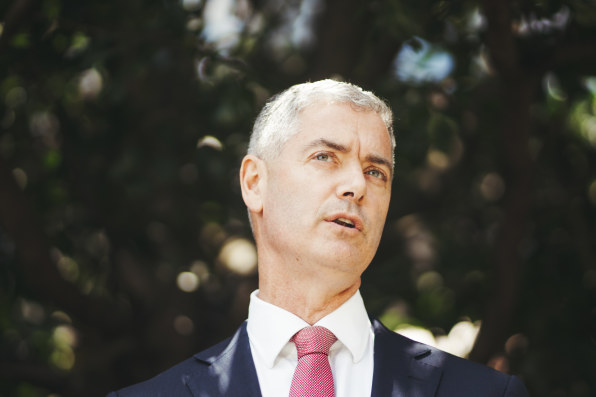Shorten tells NDIS fraudsters: ‘sell your business tomorrow’
NDIS #NDIS

More than 700,000 drivers are expected to share in $560 million in cost-of-living relief under a toll-relief scheme, but cars registered with businesses, ride-shares, taxis and heavy vehicles will be ineligible for NSW’s $60 a week toll cap, which starts on January 1.
Eligibility for the scheme was unveiled on Friday, as the government tried to ensure commuters were the primary beneficiaries.
NSW Roads Minister John Graham says more than 700,000 people are eligible for government’s toll-relief scheme: “that is absolutely good news.” Dion Georgopoulos
The cap will be restricted to state residents who hold a personal account with a NSW toll service provider and spend more than $60 a week on private trips on one tag or licence plate.
Families sharing a single tolling account cannot combine their spend across vehicles, while trips on the M5 for those registered for the motorway’s cashback scheme will not count towards the cap.
Drivers spending an average of $200 per week can expect to receive approximately $7280 in rebates per year, paid quarterly.
An estimated 34,000 people in Kellyville, Baulkham Hills and Greystanes, in Sydney’s west and north-west, are expected to claim some form of relief, the state government estimates. A fair-use policy will prevent any weekly rebate exceeding $340.
The scheme was a key election pledge aimed at winning Labor seats in western Sydney, where the bulk of the city’s tollways are based.
The cap would ease living costs for families doing it tough, particularly in outer suburban areas with poor public transport access, Roads Minister John Graham said.
“The toll cap criteria has been designed very carefully to prevent anyone trying to game it,” he said.
“We are working with ride-share companies to ensure work trips are not claimed. This will include random audits.”
Graham defended the blowout in the cost of the program, budgeted pre-election at $145 million, saying Labor in opposition did not precisely know how many people would be eligible.
“More than 700,000 people are eligible for this scheme – that is absolutely good news.”
